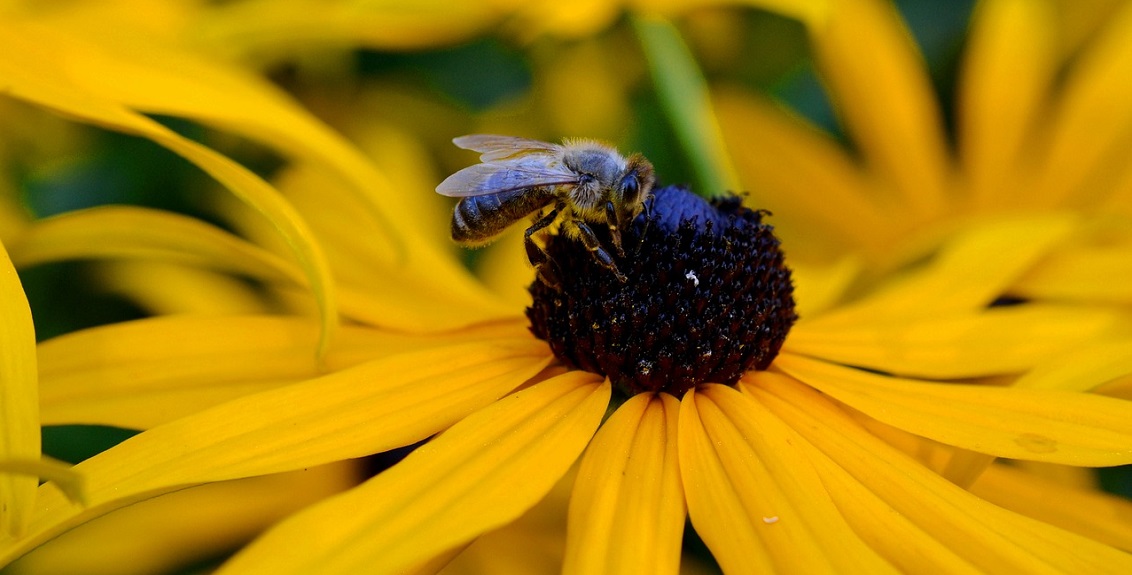Before the hectic sowing and planting of our gardens begins in March, there are plants that you can start off now and jobs that need to be done so everything is in place when the soil warms up. Take a look at this guide to jobs and tasks you can do in your garden in February and March.
Rudbeckia
Rudbeckia is one flower seed that should be sown in February and March.
Tips
- Sow seed on the surface of free-draining seed compost.
- Place seed tray in a propagator or put inside a sealed polythene bag.
- row on at 20 – 35 C (68 – 77F) until after germination which can take between 7 and 21 days.
- When large enough transplant the seedlings into 3in (7.5cm) pots.
- Plant outside when the last frosts have passed.
There’s no point starting seeds too early, only to find that they’ve outgrown their pots before the weather has warmed up enough outside. Starting seeds too late can mean they don’t have time to properly develop.

Root crops such as carrots and parsnips should always be sown directly
into the soil they will grow in. With peas and beans, indoor sowings are
mainly used if you want to get an early crop, but later sowings are usually
direct into the soil,

Pick the strongest-looking seedlings to actually plant in the garden.
After a few weeks, the seedlings will have developed their second set of leaves. At this stage, and before their roots get entangled, it is good to transfer the best ones into their own pots.
- To do this, first prepare the new pot, making a suitable-sized hole.
- Then use something like a teaspoon to gently ease out the young plant’s roots.
- Always pick up the seedling by one of the leaves, not by the stem, because squeezing the stem at this early stage can damage the fine capillary tubes which carry water.
- Aim for the minimum of disturbance by taking as much soil as possible
with the seedling.

